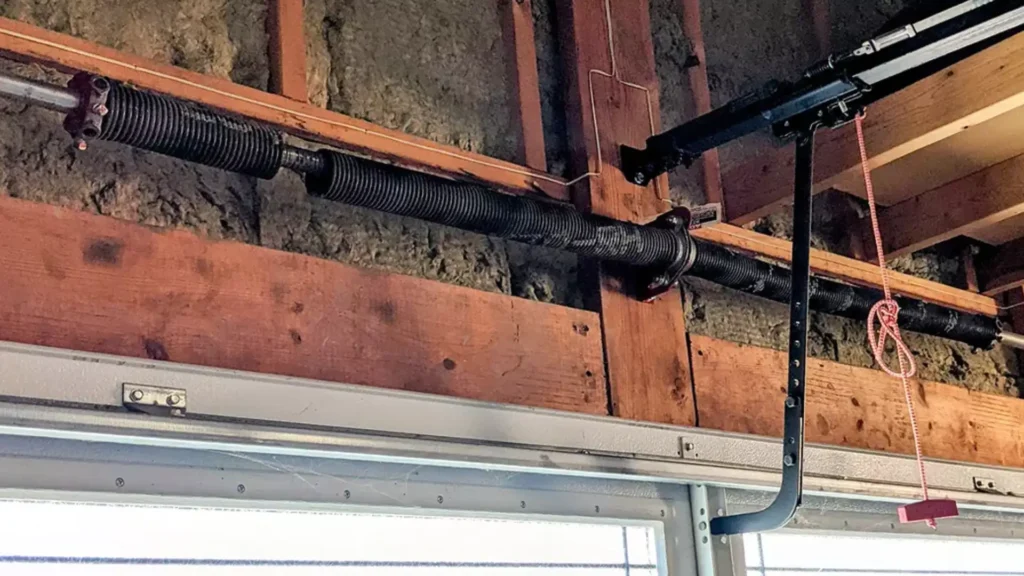In this informative article, we’ll outline the critical procedures necessary for effectively replacing garage door springs. Whether you’re tackling this task as a DIY enthusiast or seeking professional assistance, understanding these procedures is essential for ensuring the safe and successful replacement of your garage door springs.
Importance of Proper Replacement
Replacing garage door springs is a critical maintenance task that directly impacts the functionality and safety of your garage door system. Worn-out or damaged springs can compromise the balance and operation of the door, posing safety risks to both property and individuals. Therefore, proper replacement procedures are crucial for restoring optimal functionality and preventing accidents.
Assessment of Spring Type and Condition
Before initiating the replacement process, it’s essential to assess the type and condition of the existing springs. Garage doors may be equipped with either torsion springs or extension springs, each requiring specific replacement procedures. Additionally, inspect the condition of the springs for signs of wear, corrosion, or damage, as this will inform the replacement approach.
Safety Precautions and Preparation
Replacing garage door springs involves working with components under high tension, making safety a top priority. Begin by disconnecting power to the garage door opener and securing the door in the open position to prevent accidental closure. Wear appropriate safety gear, including gloves and eye protection, and ensure you have the necessary tools and equipment on hand.
Release Tension and Remove Old Springs
Before removing the old springs, it’s crucial to release the tension to prevent sudden movement and potential injury. Follow the manufacturer’s instructions or consult with a professional to safely unwind or disconnect the springs. Once the tension is released, carefully remove the old springs from the door system, taking care to avoid damaging surrounding components.
Install New Springs and Adjust Tension
With the old springs removed, proceed to install the new springs following the manufacturer’s guidelines or professional recommendations. Ensure the springs are installed securely and positioned correctly to maintain proper balance and operation. Once installed, adjust the tension settings according to the door specifications, taking care to achieve optimal balance and smooth motion.
Testing and Adjustment
After completing the replacement process, thoroughly test the functionality of the garage door spring replacement to ensure everything is operating smoothly and safely. Test the door’s balance, alignment, and motion, making any necessary adjustments to achieve optimal performance. Conduct periodic inspections and adjustments as needed to maintain the integrity of the door springs over time.
Learn more:
Discovering the Insights of Garage Door Springs Replacement: Expert Pointers
Perfecting Garage Door Springs Replacement: Advice and Methods

